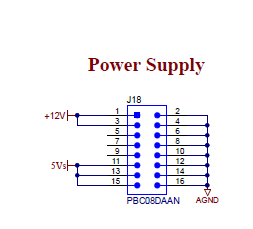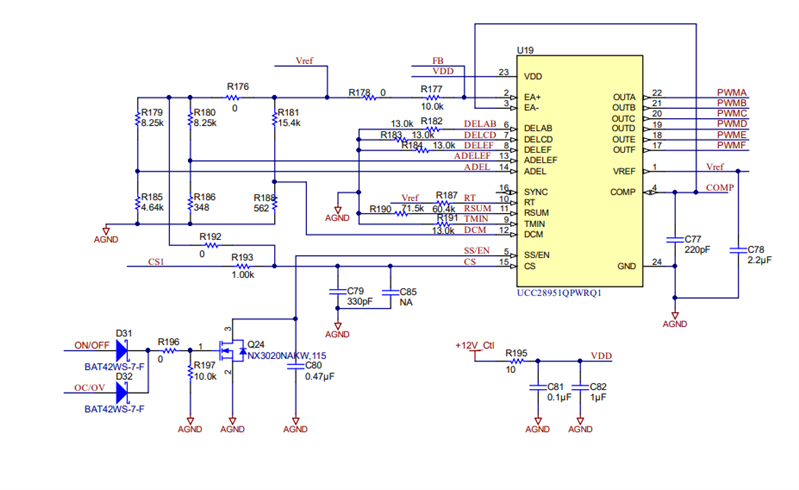Other Parts Discussed in Thread: UCC28951
Hello,
I am referring TIDA-020031 for our requirement of 3.3kW DC DC converter. In mentioned schematic, there are two auxiliary power supplies i.e. 5 V and 12 V (For High Side Gate Driver and Low side gate driver, main chip respectively). So, my question is that
1) why do we require 2 separate supply for main chip, low side and high side driver?
2) Can we use output battery as a power supply in this schematic ?




